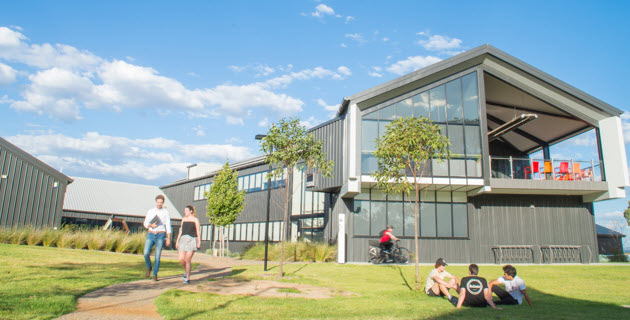Campus master planning helps guide how we plan, design and shape our university campuses, spaces and buildings for the future. This process benefits not only our students and staff but also our local communities.
To ensure our campuses are vibrant, fit for purpose and aligned to the vision of the Charles Sturt University Strategy 2030, in the next 3 years, we'll develop Campus Master Plans for Wagga Wagga and Bathurst that:
As our campuses serve multiple functions beyond learning, this project was guided by four pillars to achieve a cohesive end goal:
